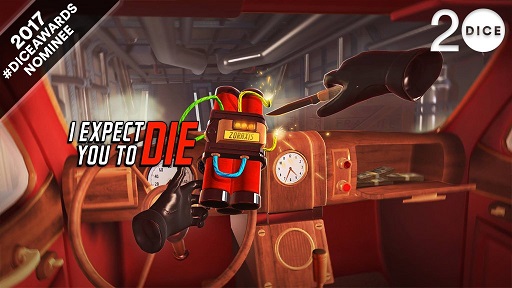Jesse’s talk was particularly intriguing to me because I am currently working on this thesis project which has to do with Virtual Reality. Because of this I was really listening and considering aspects of the elements of VR design he was talking about. I agreed with most of what he said such as the idea of managing motion sickness by designing games that don’t require the environment to move too much but rather have the elements come to the player or be around them so they can interact with them without disorienting their vision. He also touched on the fact that the square screen is kind of a setback for Virtual Reality and I am definitely interested to see how this problem is solved in the future. However I didn’t agree with his idea that AR’s biggest use is to make imaginary toys real. This actually raises psychological concerns and I don’t think would even be healthy for children as they might begin to have distortions between the AR and reality. It also could be used to do way more than VR from my perspective. After the conference I actually borrowed my friends oculus and played his game ‘I expect you to Die’ which is a very hard game if I might add. But I did it to get more of a feel for the VR environment and what I should be shooting for in terms of my game.
I spoke with Jim Margraff who I definitely resonated with the most about this and he seemed to agree with me about that. AR could be used to edit your reality as in, if you stepped outside and you wanted grass to be blue today, you could actually change that and it would look blue in your AR world. Jim actually also pointed out that if that was a thing we could actually be able to share each other’s worlds with people with the AR technology. However after talking about it for a while we arrived at the conclusion that. It might cause psychological issues as people might start to prefer their AR world instead of the real world and it might end up becoming kind of a mental addiction.
When I told him about my thesis project he sounded pretty intrigued as he had previously worked on some games and developed the LeapPad and actually pointed out that for most of these games and apps, music plays a huge part in setting the tone or emotion for the piece of media. He suggested I do some research on HRTF (Head-Related Transfer Function) which I did and recommended a couple of books for me to read. One of them being ‘Music and the mind’ along with other philosophical books. Talking to him was very insightful because although he was not a VR specialist he seemed to have his feet dipped in many ponds and was very willing to help and share information.
